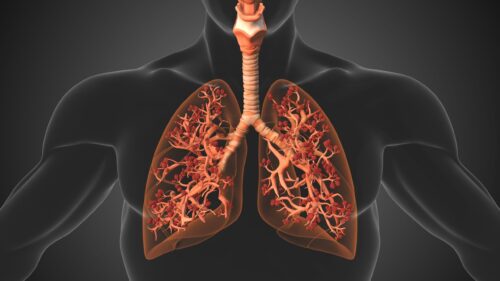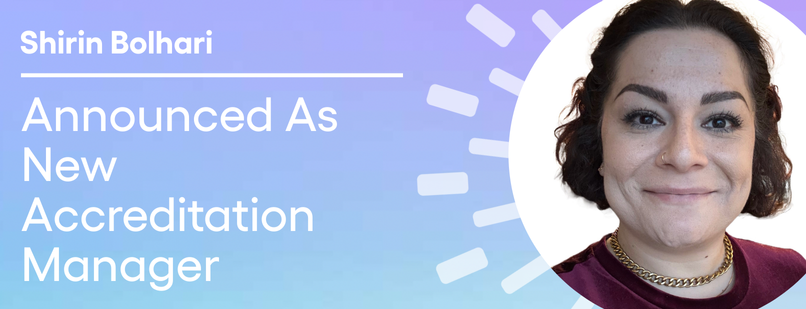
By Ceci Oldmixon, MAEd, RRT, CPFT
October 24, 2025
If you’ve ever found yourself explaining a procedure to a student and thinking, “I could really enjoy teaching,” you’re not alone. Many respiratory therapists reach a point in their careers where they feel called to share their knowledge and help shape the future of the profession. Making the leap from clinical practice to the classroom can be incredibly rewarding, but it also comes with its own set of challenges.
Whether you’re just starting to explore the idea or already preparing your resume, here are some practical, experience-based tips to help you navigate the transition.
- Get involved in teaching early: You don’t need to wait for a formal teaching job to start building experience. Volunteer to precept students, lead in-services, or help with onboarding new staff. These opportunities not only build your confidence but also show future employers that you’re serious about education and have a desire to share your knowledge with others. Experience is priceless.
- Advance your education: Let’s start with the basics — most academic institutions require at least a bachelor’s degree to teach. If you haven’t completed yours yet, look into RRT-to-BSRT programs. Many are offered online, which means you can continue working while earning your degree. If you’re thinking long-term, a master’s degree can open doors to full-time faculty roles and leadership positions.
- Learn the language of education: Teaching isn’t just about knowing your stuff. It’s about knowing how to teach it. Spend some time learning about curriculum design, pedagogy, Bloom’s Taxonomy, and competency-based education. These tools can help you create lessons that are both engaging and effective. These days, it is crucial to get students engaged and keep them motivated to learn and grow.
- Sharpen your communication skills: As respiratory therapists, oral communication is a central component of our work. You need to harness that and explore different ways to explain concepts. In the classroom, clarity is everything. Practice breaking down complex clinical concepts into simple, relatable explanations. If you’re nervous about public speaking or teaching, consider taking a course in instructional design or presentation skills. It can make a big difference.
- Build your academic resume: If you have already started teaching, gather documentation of your teaching and leadership experiences. Include any mentoring roles, committee work, certifications, and continuing education. Membership in professional organizations like the AARC also adds credibility and shows your commitment to the field.
- Network with educators: Use your resources, reach out to faculty members, and attend respiratory care conferences to meet people already working in the field. Join educator forums like the AARC’s Education Specialty Section and the American College of Respiratory Therapy Education, and get involved in discussions about education and the profession’s growth. These connections can offer mentorship, job leads, and a realistic picture of academic life. You’ll be surprised how many people are willing to share their journey and advice.
- Understand accreditation and standards: This is a big one. If you’re planning to teach in an accredited program, you’ll need to be familiar with CoARC standards and the NBRC exam matrix. These documents guide curriculum development and ensure students are prepared for credentialing exams. It is paramount that you are familiar with these standards. A good way to find out how RT programs incorporate them into their curricula is to reach out to a local program and see if you can serve on its advisory committee.
- Be flexible and open to change: The classroom is a different world from the clinical floor. You’ll be using learning management systems, adapting to various student needs, and possibly teaching online. Stay open to feedback and be willing to learn new tools and approaches. Asking for input and challenging yourself to understand things in different ways will be helpful. Not all students learn at the same pace or with only one explanation of how to do something. It’s all part of the growth. Remember that “why” is important and “how” can be done many ways.
- Keep your clinical skills sharp: Don’t think for a minute that once you’re an educator, the learning stops. It has only just begun. As an educator, staying current in clinical practice is essential. Keep your credentials active, attend workshops, and stay up to date on best practices. Your students will benefit from your real-world experience, and you’ll stay connected to the profession. Be actively involved and stay on top of the profession. It is dynamic, and as educators, we need to be at the forefront.
- Consider graduate education: If you’re aiming for a full-time faculty role, a master’s degree is often required. Programs in education, respiratory care, or health care leadership can prepare you for roles in curriculum development, academic administration, and advanced teaching. Be sure to check the program requirements, as some will only take the advanced degree in respiratory for the director’s position.
Transitioning into education isn’t just a career move. It’s a chance to make a lasting impact. You’ll be helping students grow into competent, compassionate professionals, and that’s a legacy worth building. If you’re passionate about respiratory care and love to teach, the classroom might be precisely where you’re meant to be.
For me, it was like coming home. Seeing a student grow and develop as a person and into a respiratory therapist is so rewarding. Watching them go out into the profession to advocate for their patients and share their passion for the profession is what keeps me going after all these years.
Ceci Oldmixon is a professor and program director for the RT program at Victoria College in Victoria, TX.








